The competitive landscape of the China Rubber Molding Market is characterized by a diverse array of manufacturers, suppliers, and distributors who strive to establish a foothold in the region. With a burgeoning demand for rubber products across various sectors, such as automotive, construction, and electronics, businesses are increasingly focusing on enhancing their production capabilities and expanding their market outreach.
The market dynamics are influenced by factors such as technological advancements, regulatory frameworks, and evolving consumer preferences. Competitive intelligence in this space reveals a growing focus on innovation, cost leadership, and collaboration among players to maximize market share and respond effectively to unrelenting competition. The interplay between domestic companies and international entrants creates a multidimensional market ecosystem that necessitates nuanced strategies for success.
Zhongce Rubber Group has established itself as a formidable player within the China Rubber Molding Market, leveraging its extensive domestic production capacity and technological expertise. Known for producing a broad spectrum of rubber products, the company benefits from strong brand loyalty within China due to its consistent quality and local presence. The strengths of Zhongce Rubber Group lie in its well-structured supply chain and distribution network, which enable timely delivery and responsiveness to market demands. Their commitment to R&D fosters continuous improvement in product offerings and manufacturing processes.
This dedication not only enhances their competitive edge but also positions them favorably against both local competitors and international market entrants seeking to capture market share in China.
Hankook Tire has made significant strides in the China Rubber Molding Market, positioning itself as a premier manufacturer of high-performance tires and related rubber products. With a focus on innovation, the company has introduced various product lines tailored to meet the specific needs of Chinese consumers, thus enhancing its market penetration. Hankook Tire's strengths lie in its advanced manufacturing capabilities, extensive distribution networks, and strong brand recognition, which allow it to compete effectively against local players.
The company has also engaged in strategic mergers and acquisitions to bolster its market presence, providing it with enhanced resources and capabilities to innovate and expand its product offerings. By continually investing in technology and quality assurance, Hankook Tire maintains its status as a trusted name within the rubber molding segment in China, catering to both domestic and export markets.


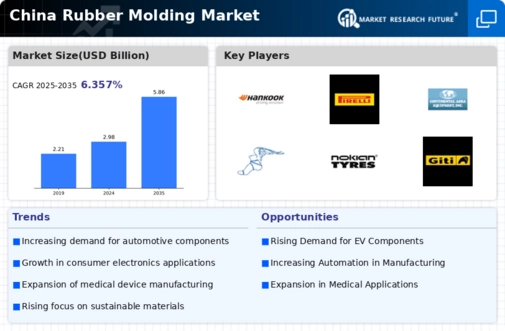
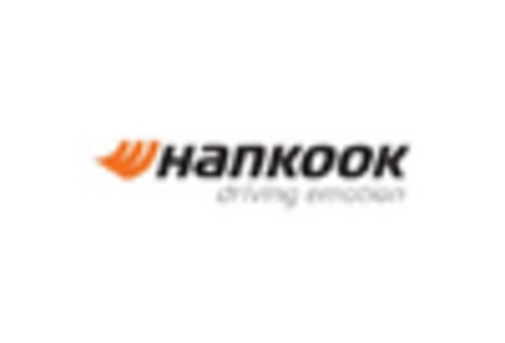
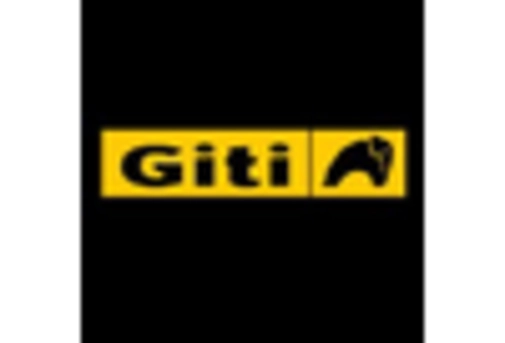
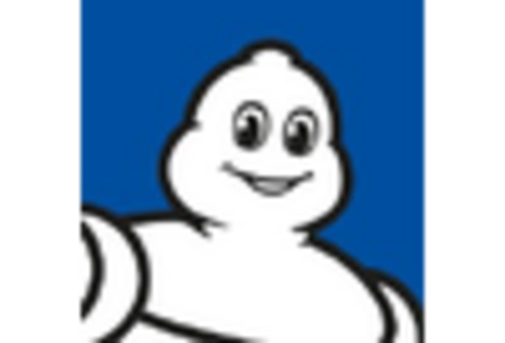
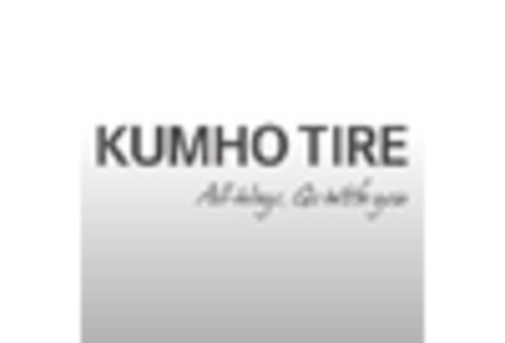
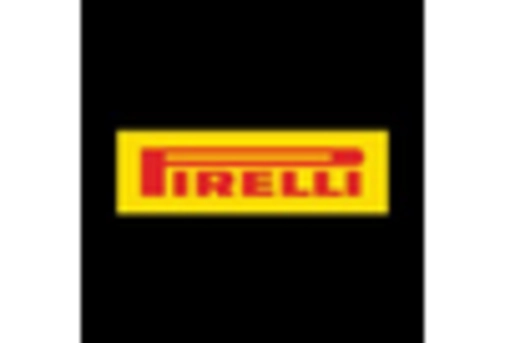
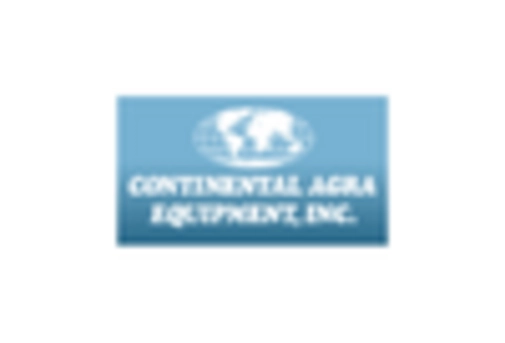
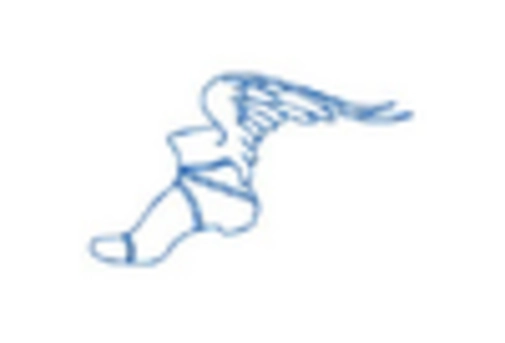
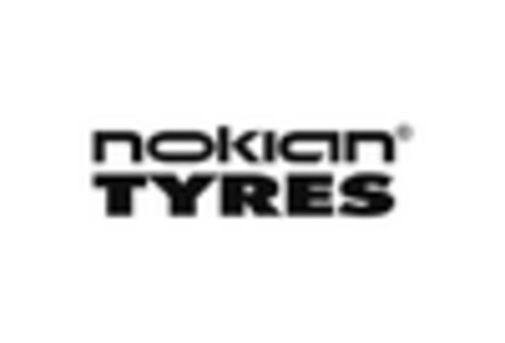








Leave a Comment